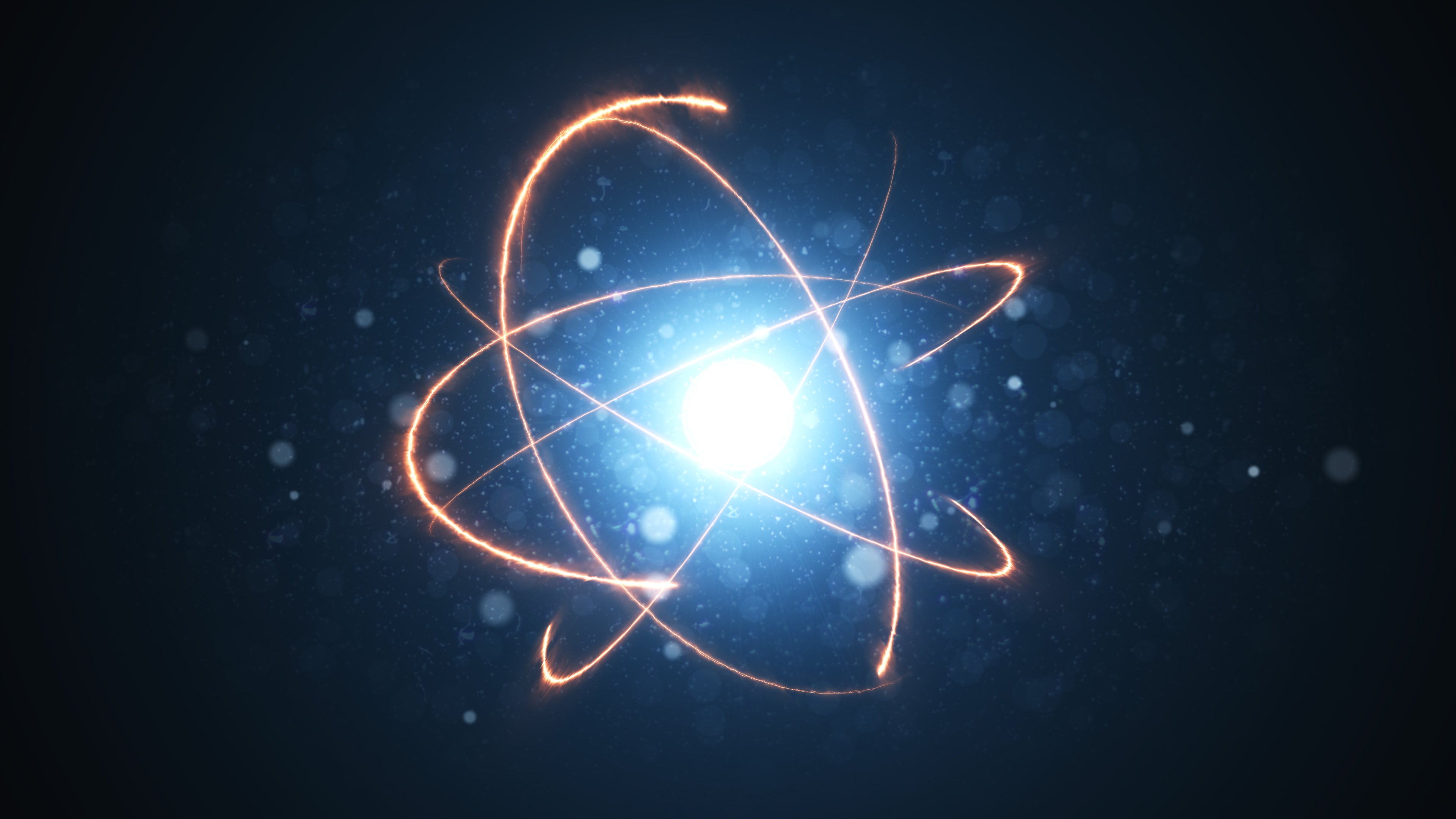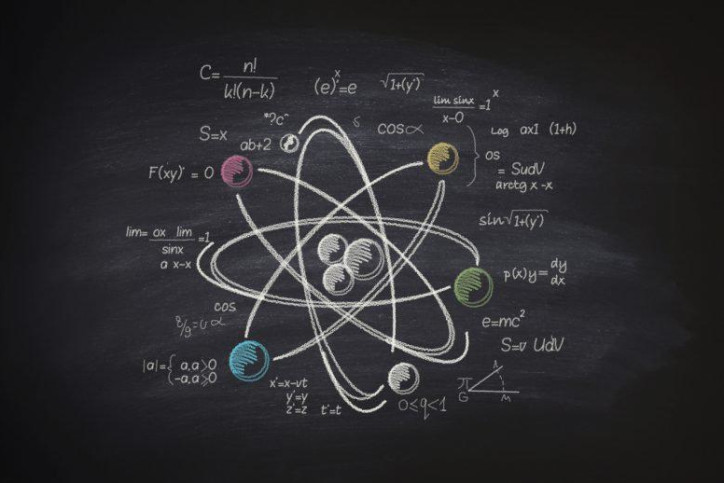What Physicist Studies the Structure of Atoms and Radioactive Decay

A physicist studies the structure of atoms, radioactive decay, and electrical neutrality. These topics are fascinating, but what does an atom look like? Let’s answer this question using some examples. Firstly, let’s talk about how the atom was discovered. It was Ernest Rutherford’s discovery that the atom is made of mostly empty space with a dense hard core. His work led to a new vision of the atom: a central core with a large number of positively and negatively charged electrons whirring around it.
Physicists study the structure of atoms
Atoms are tiny, dense particles made of atomic energy. They are composed of positively charged protons and electrically neutral neutrons. They have a mass of around 1,836 times that of the electron. Despite their tiny size, atoms are so complex that scientists must infer their properties using indirect experimental techniques. One such technique is spectroscopy, which measures and interprets the wavelengths of electromagnetic radiation emitted by atoms.
They study radioactive decay
Physicists study the decay of radioactive substances to learn how these elements change into new ones. This phenomenon was first discovered by Henri Becquerel in 1896 while he was working with phosphorescent materials. In order to determine what caused the glow, Becquerel wrapped a photographic plate in dark paper and put it in his desk drawer. He then began to test different phosphorescent salts on the photographic plate. The salts of uranium made the plate black, which led to the first known discovery of radioactivity.
They study quarks
An atom is a collection of positively charged protons, neutrons, and electrons. Protons and neutrons are packed together in a center atom called the nucleus. Electrons fill the rest of the atom’s space. Because electrons move so fast, they are often drawn in fuzzy orbitals. A typical atom is about the size of a baseball stadium, with the nucleus in the center.
They study electrical neutrality
A what physicist studies what is inside atoms. Before the 1920s, particle physicists believed that all matter consisted of two particles: the proton and the electron. But technological advances opened up new ways to study the subatomic realm. These new discoveries flooded the world of particle physics, and the field spent decades fleshing out explanations for these new objects.
They study atomic number
A what physicist studies what lies inside of atoms. In the early days of science, atoms were thought to be the smallest unit of matter, but the discovery of radioactivity and the existence of smaller pieces within them changed all of our ideas. Since the atomic nucleus consists of only one electron, it was believed that each atom contained a different amount of smaller pieces. The discovery of radioactivity was made by Henri Becquerel in 1859, while Ernest Rutherford in 1917 “split” an atom and determined that it contained two electrons for every atom.




Leave a Reply